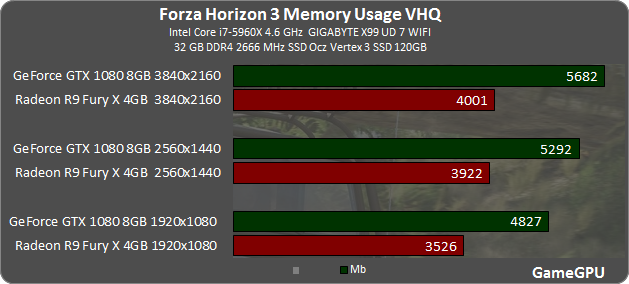Anarchist4000
Veteran
I'd assume Nvidia isn't actually scheduling anything concurrently, so the difference between the two is minimal. DX12 I'd imagine is just emulating the DX11 path with hopefully a little less driver overhead. Case in point Doom, where the game stuttered really badly, but a compute queue finally showed up in the recent version that fixed everything. Intrinsics aside, the FPS was likely similar and the queue only addressing timing issues with Id's optimizations. I'm not sure it's worth adding a Pascal specific path to games for what are likely marginal gains at best. The only reason I could see the path happening is because people are benchmarking the game. The effort involved for what might be a few percentage point gain I'm not sure is warranted. Maybe with Volta included eventually, but that could again be an entirely different path.However no love for Nvidia as it had no improvement for either DX11 or DX12 above 720p - makes one wonder if this patch was specific for AMD even if they did go on about improving for CPU that shows at 720p


